The Rebel (1961 film)
8 /10 1 Votes
85% Rotten Tomatoes Genre Comedy Duration Country United Kingdom | 7.5/10 IMDb Language English | |||||||||||||||||||||||||||||||||
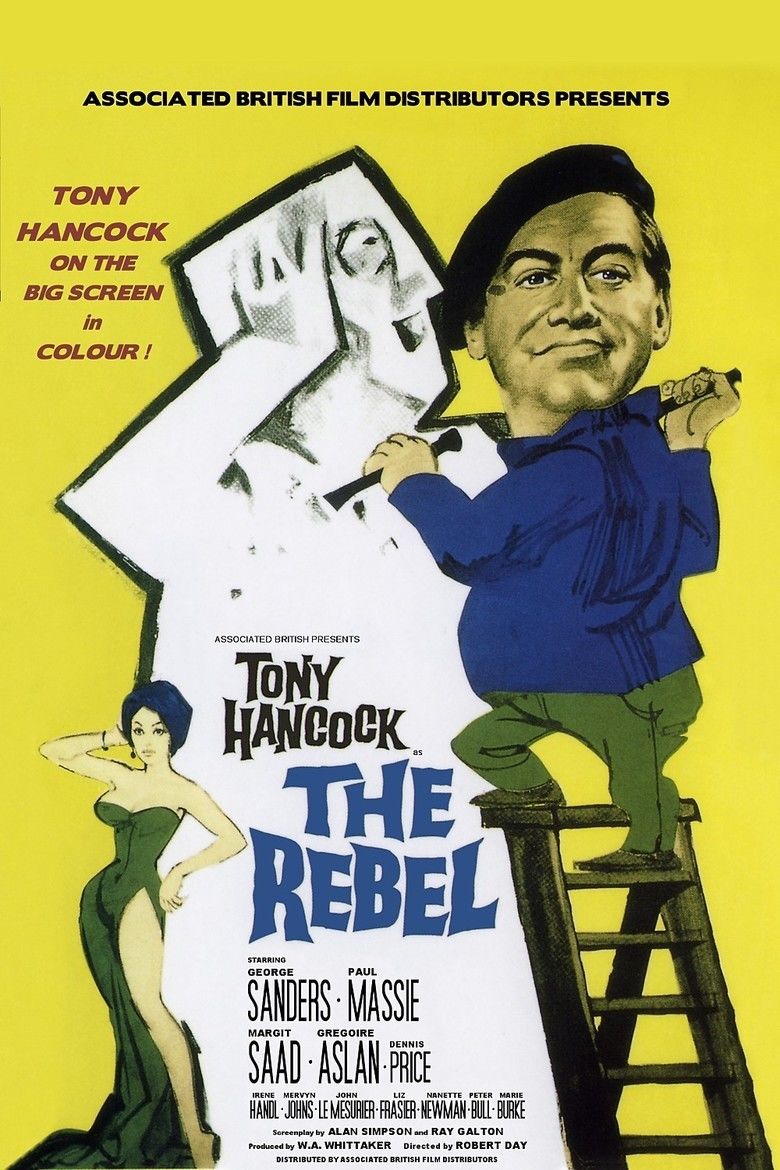 | ||||||||||||||||||||||||||||||||||
Initial release March 7, 1961 (United Kingdom) Cast Tony Hancock (Anthony Hancock), (Sir Charles Broward), (Jim Smith), (Office manager)Similar movies Related Robert Day movies Tagline Watch Out Picasso... Here Comes Tony Hancock! | ||||||||||||||||||||||||||||||||||
Premiere of the rebel 1961
The Rebel (US title: Call Me Genius) is a 1961 satirical comedy film about the clash between bourgeois and bohemian cultures. Starring the British comedian Tony Hancock, it was written by Ray Galton and Alan Simpson. The film was made by Associated British Picture Corporation and distributed by Warner-Pathé (ABPC's distribution arm).
Contents
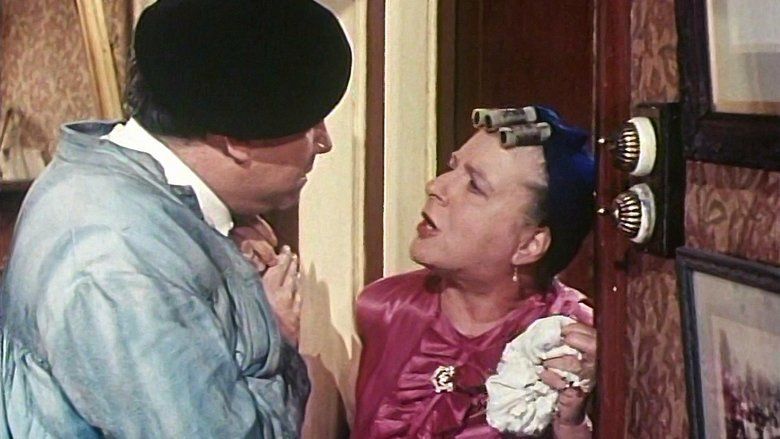
Premiere of the rebel 1961
Plot
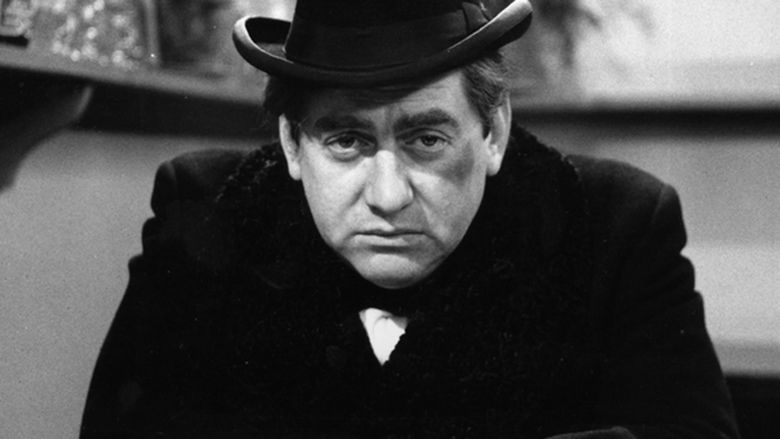
Hancock plays a disaffected London office clerk who gives up his office job to pursue full-time his vocation as an artist. Single-mindedly, and with an enthusiasm far exceeding any artistic talent, he sets to work on his supposed masterpiece Aphrodite at the Waterhole, moving to Paris where he expects his genius will be appreciated. While his ideas and persona gain acceptance (indeed plaudits) among the "beat" set, legitimate art critics, like Sir Charles Broward (George Sanders), scoff at his work. He manages to achieve success, however, when the work of his former roommate, a genuinely talented painter, becomes confused with his own. The confusion is eventually resolved after a series of art exhibitions, and he returns to London, where he pursues his 'art' in defiance of whatever others may think of it.
Cast
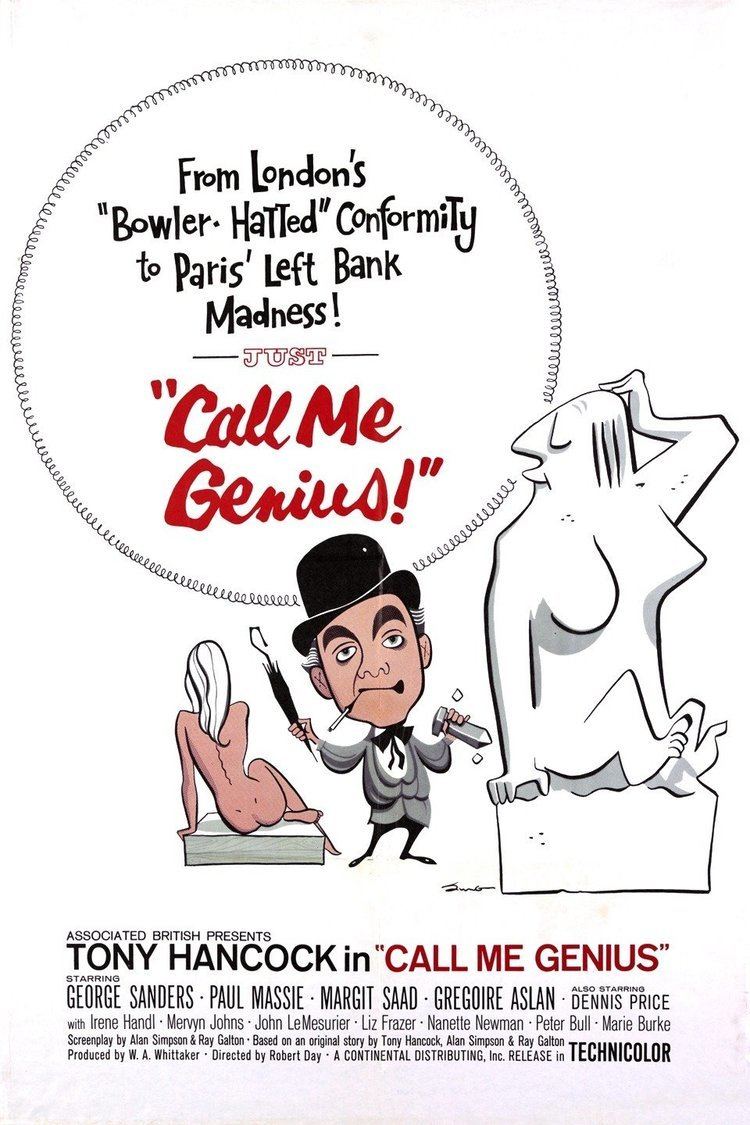
Production, themes and responses
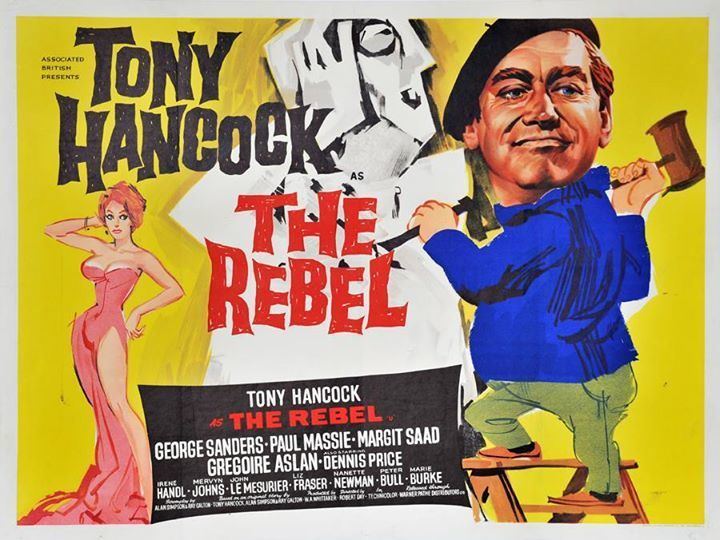
The Rebel attempts to transfer Hancock's TV comedy persona to the big screen, and several regular supporting cast members of Hancock's Half Hour also appeared, including John Le Mesurier, Liz Fraser and Mario Fabrizi. The since demolished railway station used at the beginning of the film was Bingham Road in the Croydon suburb of Addiscombe, named Fortune Green South in the film.
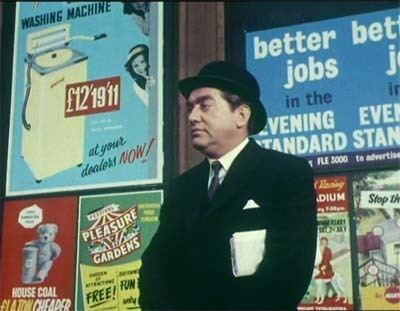
In The Rebel, existentialist themes are explored by mocking Parisian intellectual life and portraying the pretensions of the English middle class. Galton and Simpson had previously satirised pseudo-intellectuals in the Hancock's Half Hour radio episode "The Poetry Society" (1959), in which Hancock attempts to imitate the style of the pretentious poets and fails, and is infuriated when his idiot friend Bill does the same and wins their enthusiastic approval.
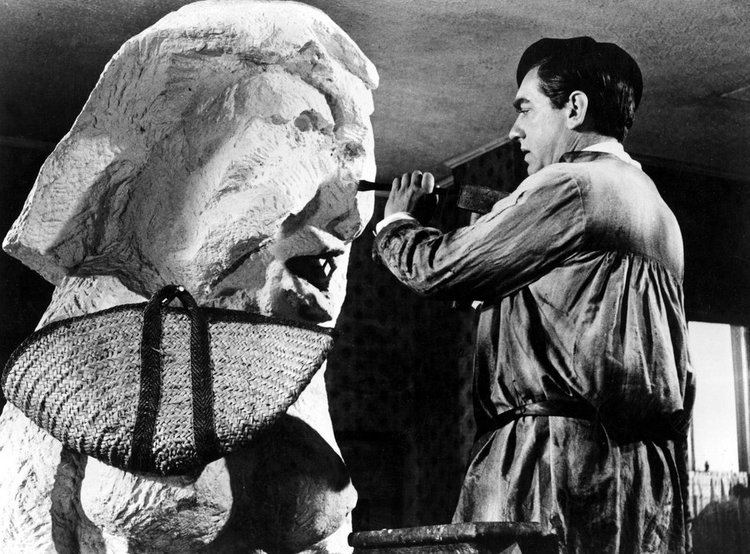
The film also includes scenes parodying modern art. The scene showing Hancock splashing paint onto a canvas and riding a bike over it is a lampoon of the work of Action Painter, William Green while the childlike paintings of Hancock, referred to as the 'infantile school' or the 'shapeist school' parody the naive style.
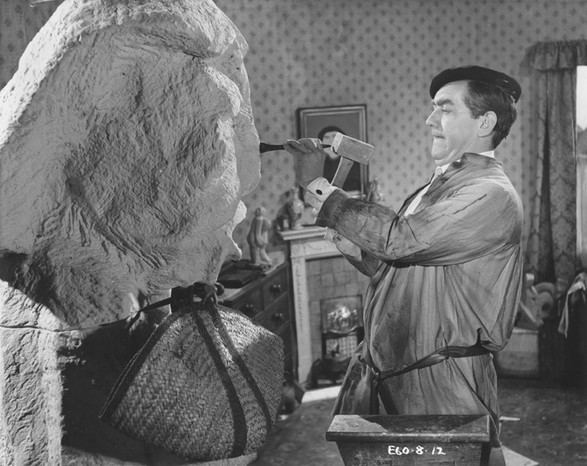
The Rebel had its British premiere at the Plaza Cinema in London's West End on 2 March 1961, following a screening at the Beirut Film Festival. An anonymous reviewer in The Times at the time of the film's British release said Hancock had "made the transition from small to large screen" in this film "with gratifying success". According to the Motion Picture Herald, the film was the 6th most popular movie at the UK box office in 1961. It was not well received in the USA. Bosley Crowther in The New York Times found it to be derivative. Hancock though was nominated for a BAFTA Film Award in 1962 as Most Promising Newcomer to Leading Film Roles'.'
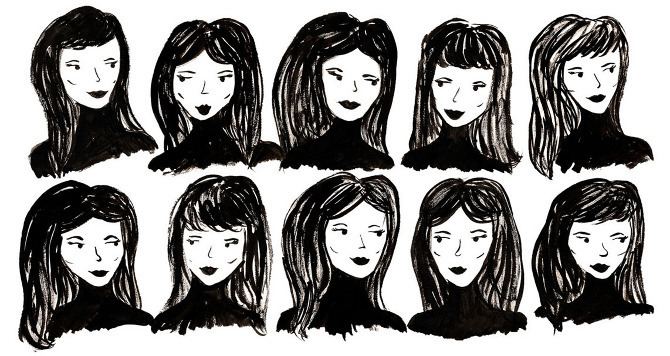
In 2002, the London Institute of 'Pataphysics organised an exhibition consisting of recreations of all the art works seen in the film.
Quotes
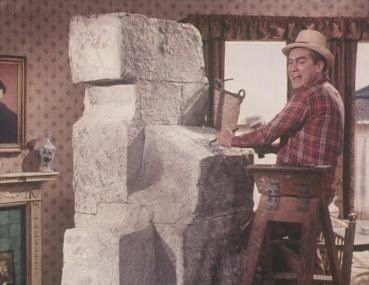
On Mrs. Crevatte seeing one of Hancock's pictures on the wall:
On Mrs. Crevatte first encountering Hancock's Aphrodite at the Waterhole
The abstract expressionist painting scene:
As he takes his leave of the Paris Art World at his final exhibition:
References
The Rebel (1961 film) WikipediaThe Rebel (1961 film) IMDbThe Rebel (1961 film) Rotten TomatoesThe Rebel (1961 film) themoviedb.org
